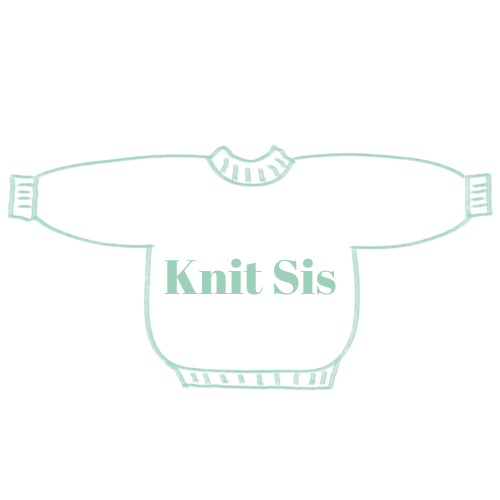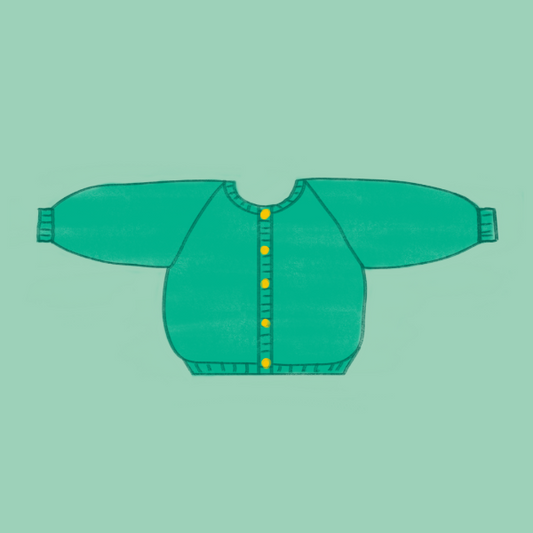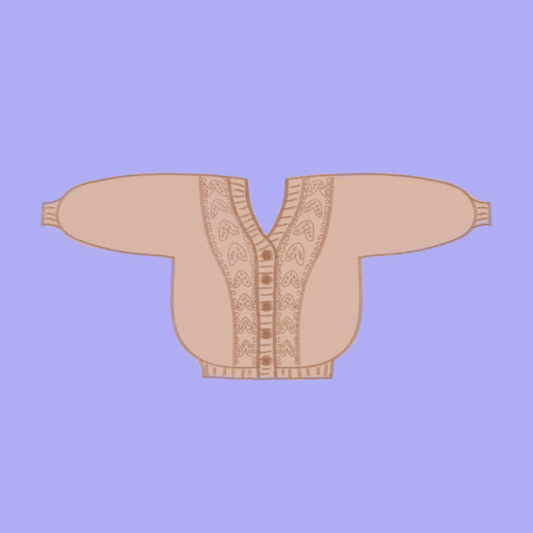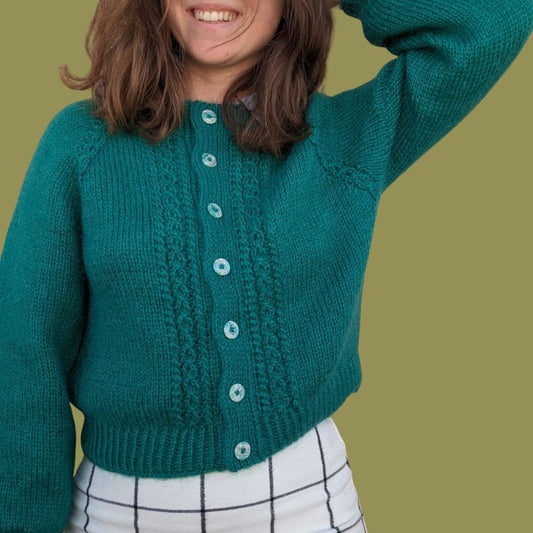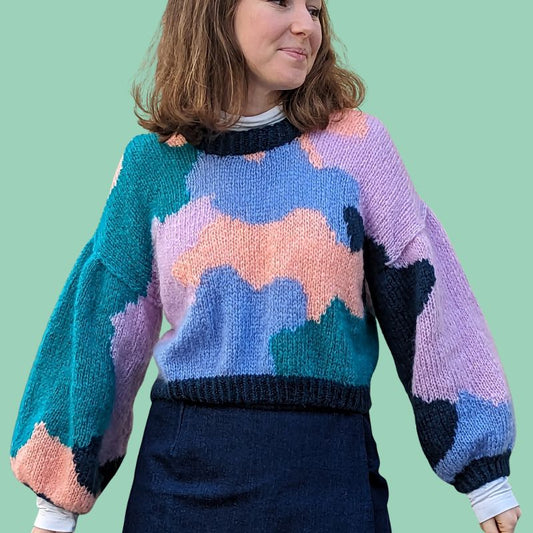Learn to knit geometric patterns easily (even as a beginner!)
Knit SisShare
✨ Do you find diamond, triangle or striped sweaters mesmerizing but are afraid they might be too complicated? Good news: geometric patterns are much more accessible than they seem! In this article, we'll show you how to learn to knit geometric patterns easily , with step-by-step tips, our feedback (hello, we're Lenny & Louise 🙋🙋), and a selection of Knit-sis patterns designed to make you shine... without any hassle.
Why knit geometric patterns? 🎨
Geometric patterns are the little touch that transforms a simple knit into a designer piece. They allow you to:
▪️ Add modern style without excessive complexity.
▪️ Play with colors and have fun.
▪️ Vary the techniques (stripes, jacquard, intarsia, textured stitch).
▪️ Learn new skills while creating a rewarding project.
👉 At Knit-sis, we like to say that geometric patterns are like an infinite playground for knitters, from the simple two-tone square to a painting worthy of Mondrian .
Remember: Geometric patterns aren't just for experts: there are very simple versions suitable for beginners.
Basic techniques for easy learning 🧶
No need for 10 years of knitting: start small, progress quickly!
1. Stripes (the simplest entry point)
Alternate two colors, a few rows each. 🎯 Ultra simple, and already graphic!
👉 Perfect example: the sweater Strippie , designed for beginners who want to have fun with colors.
2. Intarsia (laying down the color blocks)
Ideal for creating solid shapes (squares, triangles, hearts) . Each color has its own ball and you knit block by block.
👉 Get inspired by the Sunrise sweater : fresh, pastel and graphic.
3. Jacquard (playing with the threads by passing them behind)
A little more technical but accessible if you start with small repeated patterns (like diamonds).
👉 The sweater Vasarely revisits optical art in knitting – stunning yet clear thanks to our included chart.
4. Textured stitches (without changing color)
Knit/purl stitch patterns that create geometric reliefs. Easy to memorize, with no threads to manage.
Knit-sis tip 💡: Start with a simple project (stripes or basic intarsia) and save the large multi-colored projects for later.
Our 3 secrets to successfully creating your designs without any hassle
These tips come from our grandmother (the queen of jacquard 🧓💖) and dozens of projects knitted together:
1️⃣ Prepare your balls of yarn in mini-spools → no more knots and tangled threads.
2️⃣ Block the knitting at the end → a warped pattern regains all its clarity.
3️⃣ Choose the right pattern → it’s all about the clarity of the explanations and the grids.
👉 This is what we take particular care of in our models: each Knit-sis pattern includes readable charts, practical tips and explanations tested by beginners.
The perfect pattern to start with: Mondrian 🖼️
If you dream of knitting a geometric, modern and stunning sweater , we recommend you discover our model Mondrian .
▪️ Inspired by the famous painter 🎨
▪️ Simple intarsia construction
▪️ Step-by-step instructions (even if it's your first big colorful project!)
💬 Anecdote: Louise still remembers her very first Mondrian test – she was afraid it would turn into a colorful cacophony, and in the end… it became her favorite sweater.
Bonus to keep on hand 📌
To make your life easier, here is a mini-memo sheet to save or print:
“The 4 Ways to Learn Geometric Patterns”
1️⃣ Stripes
2️⃣ Intarsia
3️⃣ Jacquard
4️⃣ Textured stitches
👉 Pin this card on Pinterest or keep it in your knitting bag for your next projects.
Conclusion: to your needles!
You've seen it: knitting geometric patterns is within everyone's reach . With a little method, the right patterns, and a lot of fun, you can create modern and unique pieces.
👉 So, what will be your next step?
▪️ Test fun stripes with Strippie
▪️ Dare to use pastel intarsia with Sunrise
▪️ Or dive into the deep end with the Mondrian
💌 And if you want to receive a preview of our knitting tips, free patterns and exclusive surprises → Subscribe to our newsletter !
